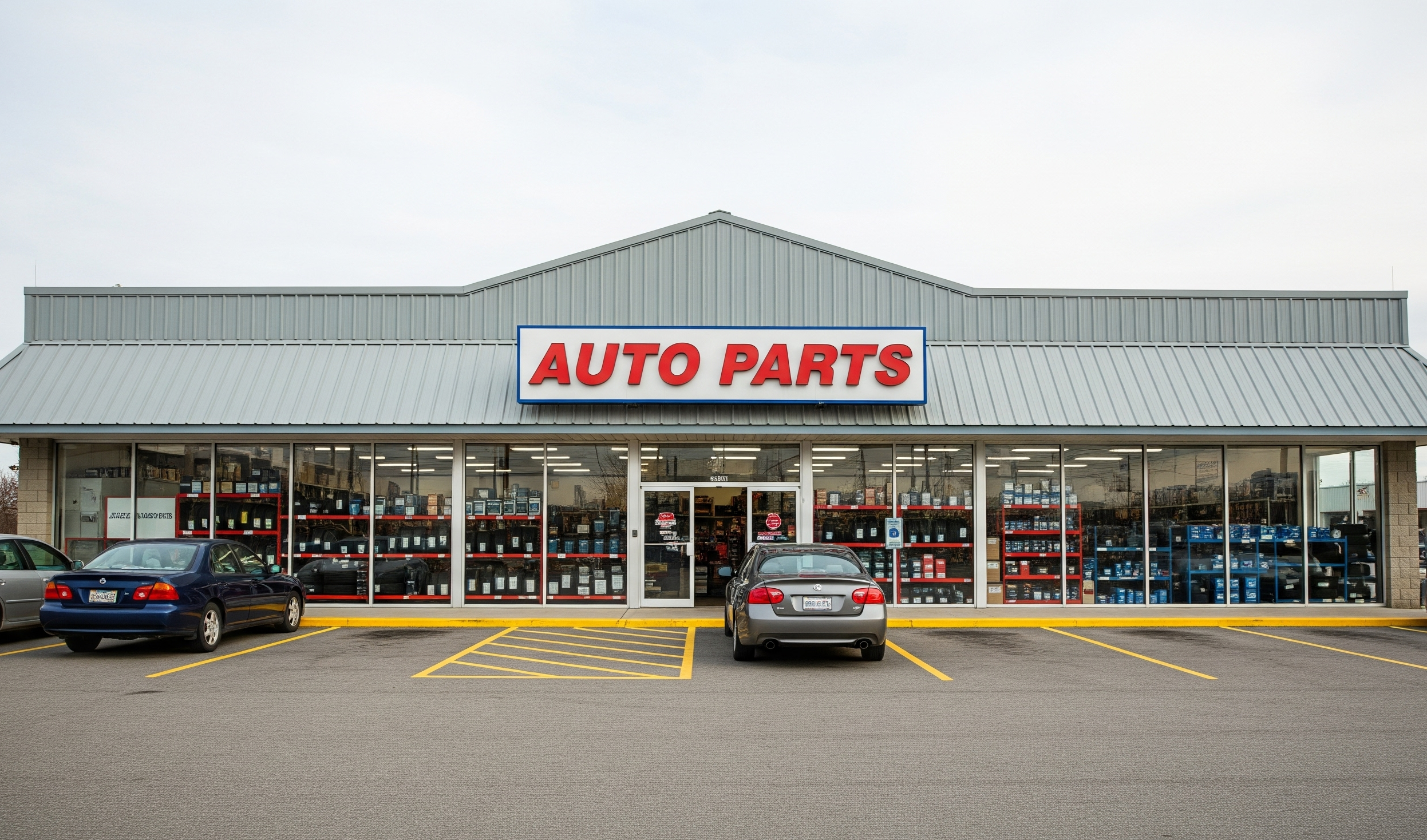American jobbers losing ground
Share
Share

The state of jobbers in the U.S. may be a cautionary tale for Canadians or a reminder of the differences between the distribution business in both countries as operations appear to be trending differently.
Once the backbone of the American auto parts world, jobber stores are now fighting to stay relevant as sweeping changes in distribution threaten their survival, according to a recent report.
South of the border, traditional jobber stores — long-time middlemen in the U.S. auto parts supply chain — are facing a steep uphill battle. Lang Marketing’s report paints a stark picture: Jobber stores are disappearing at an alarming rate, with their numbers down more than 47 per cent from their peak in the early 1980s.
Back then, there were over 31,000 jobber outlets across the United States. Today, that number has been nearly cut in half. While the decline slowed in the 2010s, the COVID-19 pandemic reignited the trend, accelerating store closures and exposing deep vulnerabilities in the jobber model.
“The pandemic created unprecedented supply chain issues nationwide,” the report states, noting that the aftermarket — which relies heavily on specific-application parts — was hit especially hard.
Between 2020 and 2023, jobber store closures more than quadrupled compared to the years just before the pandemic. Although the pace of decline eased slightly in 2023, the damage was already done. Lang’s findings suggest the downward trend continued into 2024.
Lang Marketing highlights four major challenges that are squeezing jobbers out of the market:
Despite these headwinds, jobbers still play a key role in the U.S. light vehicle aftermarket, Lang noted. But if current trends continue, their influence could shrink even further.
For Canadian parts distributors and suppliers watching from across the border, is the U.S. jobber shakeup may offer a glimpse into the future? The numbers might suggest otherwise.
The Auto Care Association’s latest Factbook suggests that Canadian jobbers may not be heading down the same path. While the number of parts and accessories wholesalers has dipped over the last 10 years, the number actually increased in back-to-back years.
In 2014, there were almost 2,944 wholesalers. As of 2024, that number is below 2,484, down 158 locations from 2020 but up 10 from last year.
When looking at automotive parts and accessories retailers, numbers have only increased in the last decade. In 2014, there were 4,645 locations. Today, there are 5,007
Leave a Reply